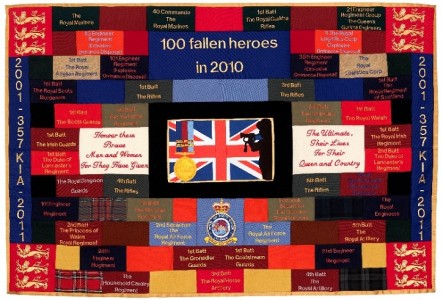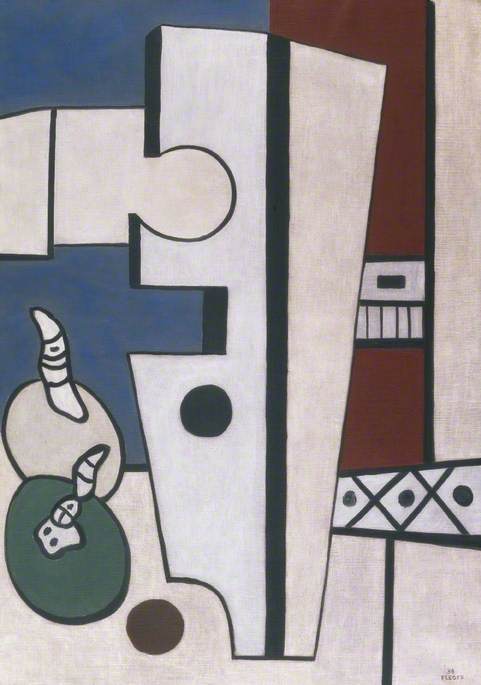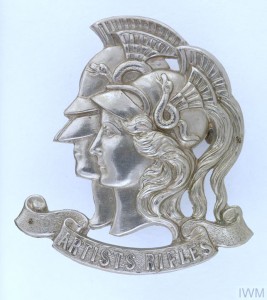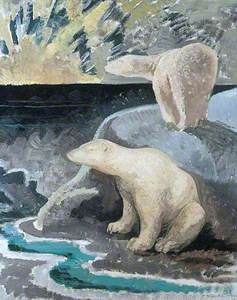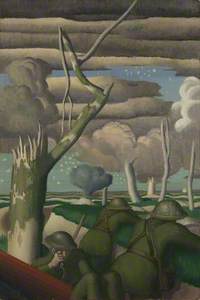It is something of a glib truism to say that war has always been full of carnage, pain
But the First World War was to unleash new levels of death and destruction through the advent of
A Winding Road – Cornish Landscape
1920
Matthew Arnold Bracy Smith (1879–1959) 
Matthew Arnold Bracy Smith is perhaps best known today for his bold
Rupert Lee studied at the Royal Academy Schools and the Slade. He served in the Machine Gun Corps of the Queen’s Westminster
Philip Connard was nearly 40 when the First World War broke out, but he volunteered as a private and fought in France in the Royal Field Artillery. He reached the rank of Captain before being invalided out because of severe shell shock. He was later appointed an official war artist to the Royal Navy and painted various subjects including the Zeebrugge raid. He also painted murals at Windsor Castle and a large panel for the RMS Queen Mary. He was later the principal tutor at the Royal Academy school from 1945 to 1949.
Colin Gill was born in Kent and studied at the Slade School of Art. At the start of the First World War, he joined the Royal Garrison Artillery and served on the Western Front until 1916, when he was seconded to the Royal Engineers to work as a camouflage officer. He was invalided with gas poisoning in March
Eric Henri Kennington enlisted in August 1914, right at the start of the war. He was injured in 1915 when cleaning a friend's rifle – he lost a toe and was lucky to keep his foot. He spent his convalescence painting the widely praised The
The Dome of the Royal Pavilion as a Hospital for Indian Soldiers
c.1915
Charles Henry Harrison Burleigh (1869–1956) 
Indian Army Wounded in Hospital in the Dome, Brighton
c.1919
Douglas Fox-Pitt (1864–1922) 
As well as artists who were directly affected by these experiences, others made paintings of convalescence. Here, paintings by Charles Burleigh and Douglas Fox-Pitt show the Royal Pavilion in Brighton as a hospital for Indian soldiers.
The Queen's Hospital for Facial Injuries, Frognal, Sidcup: The Commercial Class
c.1918
John Hodgson Lobley (1878–1948) 
The artist John Hodgson Lobley documented the patients in The Queen’s Hospital for Facial Injuries, Frognal, Sidcup, and Casualty Clearing Stations.
C. R. W. Nevinson joined the Red Cross in 1914 working with the Quaker Friends Ambulance Unit in France. This poignant work is titled La Patrie (meaning 'the country' or 'the fatherland'). It shows an incident when Nevinson's unit found many dead and dying French and German soldiers who had remained untreated – there were not enough medical facilities to cope with the carnage. It was Nevinson's first job to tend these dying men.
Ultimately the artists who suffered greatly from the war's effects continued to create. Perhaps this may have helped them to work through their
Andrew Shore, Head of Content at Art UK








